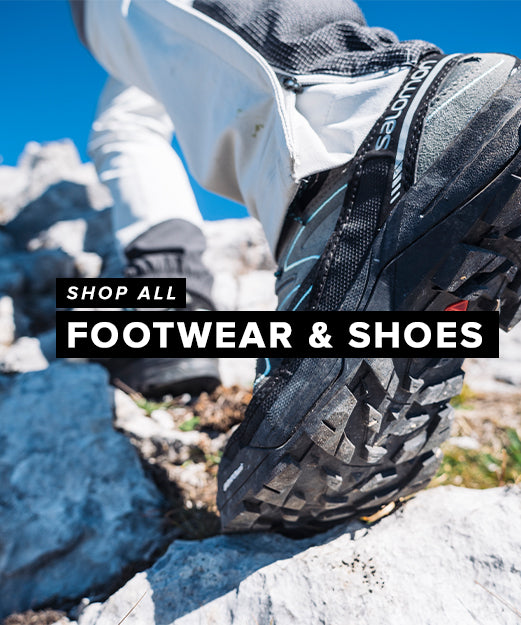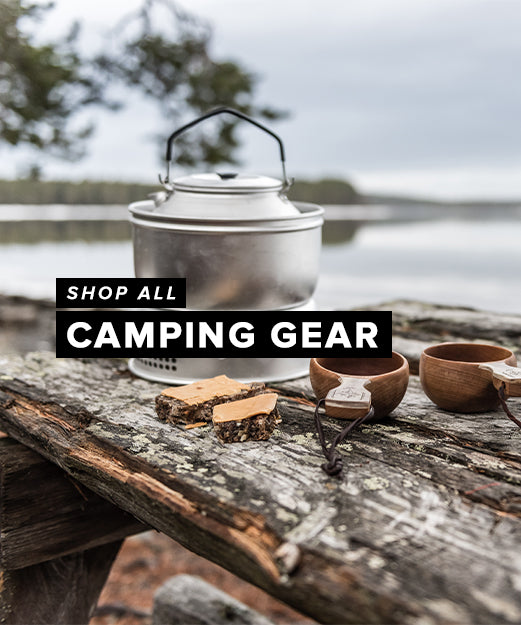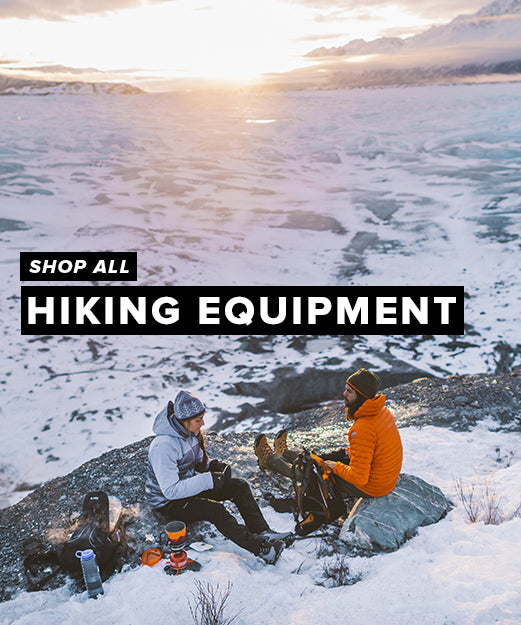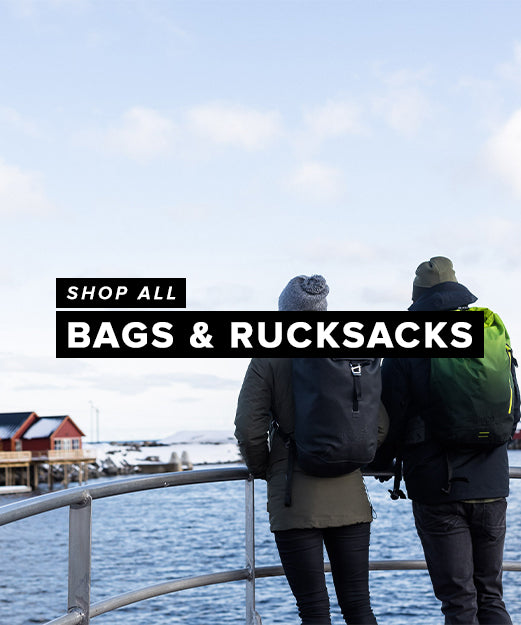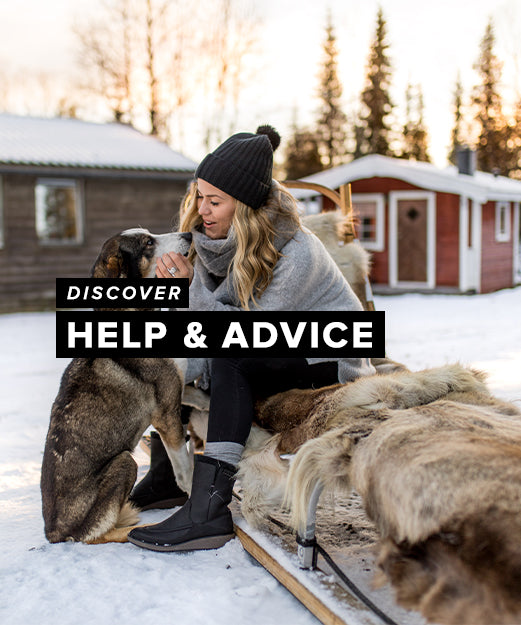
Carrying a heavy load is tiring – but carrying too little while walking could put you in danger. So there is a balance to be struck when packing your walking rucksack. The aim is to go as lightweight as possible but without compromising on vital safety items.
Choose the right rucksack
While a rucksack that promises to carry everything in 25 different pockets – and with a maze of straps for tightening this and strapping up – that might sound like the perfect hill walking pack, you can also be just as happy with a smaller, lighter-weight pack. The rucksack needs to be strong, fit for purpose and comfortable but it doesn’t need to be overly complicated.
Fit is the most important aspect and a bit of flexibility in terms of carrying less or more will be a bonus. Choose a rucksack that is around 10litres either side of what you want to carry on your back.
What to put inside your rucksack
The best plan is to lay out everything you think you might need and then go through the items very carefully. Discard luxury items and those "maybe yes", "maybe no" bits and pieces.
For example, do you need a clean t-shirt or fresh underwear every day? Can you find a smaller camp knife rather than taking the kitchen bread knife. Some people even chop the handle off their toothbrush to save on weight. Although all this might seem like being far fetched, every bit of weight saved will add up to a lot in total.
If you can afford to do so, buy the lightest and smallest items of kit that you can afford. Often, this will mean spending a bit more for something a bit less (ie, a bit lighter) but it can reap huge rewards in terms of what you then need to carry on your back while hiking.
Reserve space in your pack for the important items such as compass, map, food, water, a good sleeping bag, a lightweight sleeping mat and a lightweight tent.
Make your pack lighter
Now get rid of half of what you have laid out, except for the vital items! It is pretty much always the case that when you back a bag you only ever need half of the kit. For example, do you need the lid of your camping saucepan? Could you take a smaller tube of toothpaste? Do you need three long-sleeved baselayers? Is the hardback copy of that new book necessary?
Go for a test hike
Before setting off for your walking adventure, go for a shorter walk with your rucksack on your back. This will reveal and sore bits and potential rubs and will tell you if you're up for a longer expedition. If you have time, you could build up the weight in the rucksack over weeks of walking until you are comfortable carrying heavier load.
 Carrying a heavy load is tiring – but carrying too little while walking could put you in danger. So there is a balance to be struck when packing your walking rucksack. The aim is to go as lightweight as possible but without compromising on vital safety items.
Carrying a heavy load is tiring – but carrying too little while walking could put you in danger. So there is a balance to be struck when packing your walking rucksack. The aim is to go as lightweight as possible but without compromising on vital safety items.
 Carrying a heavy load is tiring – but carrying too little while walking could put you in danger. So there is a balance to be struck when packing your walking rucksack. The aim is to go as lightweight as possible but without compromising on vital safety items.
Carrying a heavy load is tiring – but carrying too little while walking could put you in danger. So there is a balance to be struck when packing your walking rucksack. The aim is to go as lightweight as possible but without compromising on vital safety items.
 NEW!! Free UK Delivery
NEW!! Free UK Delivery Hassle-Free Returns
Hassle-Free Returns Clearpay
Clearpay



